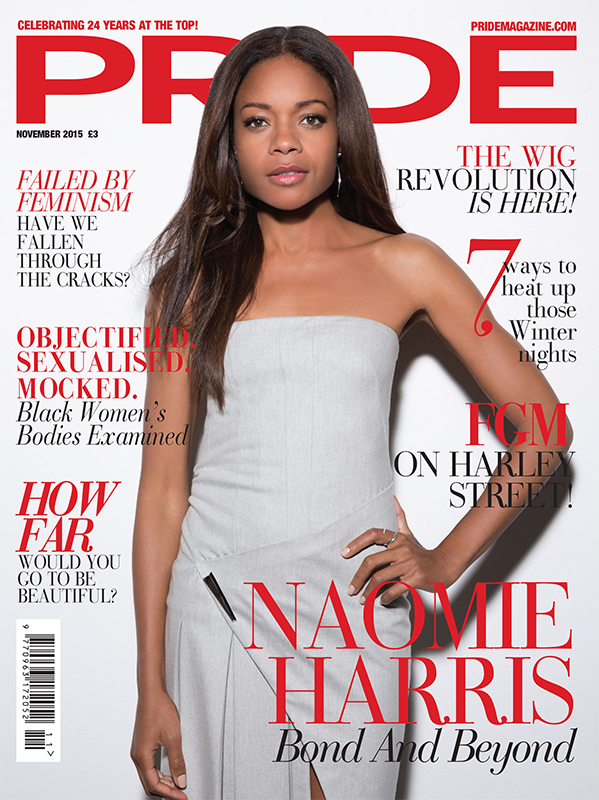 Magazines / Context in Pride
Magazines / Context in Pride




What ideologies are these beauty adverts conveying?

Other contextual factors to consider:
How have economic and demographic developments affected this particular product? Consider the rise of consumerism and young black women as consumers.
Click on an image to open full screen.
Consumer driven society, it is expected that you buy ‘stuff’ as a way of defining yourself.
Black buying power is projected to reach $1.2 trillion this year and $1.4 trillion by 2020, according to a report from the University of Georgia’s Selig Center for Economic Growth.
Because they’re younger on average, black consumers are considered trendsetters and many advertisers are hooking onto this and advertising in these kinds of niche magazines.
Other contextual factors to consider:
Look at some of the cover lines – how have these been influenced by contextual factors?
Click on an image to open full screen.
How has the magazine woven this topic into a narrative that fits with the magazine’s genre and ideology?
Female genital mutilation (FGM) is a procedure where the female genitals are deliberately cut, injured or changed for no medical reason. Often carried out in young girls between infancy and age 15, it is illegal in the UK. FGM hit the headlines in 2013 when it was revealed that over 100,000 women in Britain have undergone the illegal operation.
Using the acronym on the cover of Pride is a way of targeting women of colour as it is assumed it is a topic they are interested in. Putting such a serious topic on the cover is a brave move as it brings a very serious topic into the public domain.
It’s questionable whether the magazine is actually including some hard hitting journalism when you read the second line, stating that it is happening on Harley Street, an area of London well known for cosmetic procedures. From this, we could argue that the magazine’s only angle when covering this issue is wholly focused on beauty and body image. This ties in neatly with a women’s lifestyle magazine that aims to sell images of beauty to its readers.
However, the exclamation mark makes the magazine’s point of view on the topic clear, illustrating a tone of shock. The statement suggests that, for some people, the practice is more about aesthetics than religion, culture or tradition. This is another way that the magazine is able to engage with their target audience as, for them, the idea that some women are paying for FGM at expensive clinics is shocking.